Lucian Freud: New Perspectives – a magnificent display of painterly flair
National Gallery exhibition brings together more than 60 paintings created over seven decades
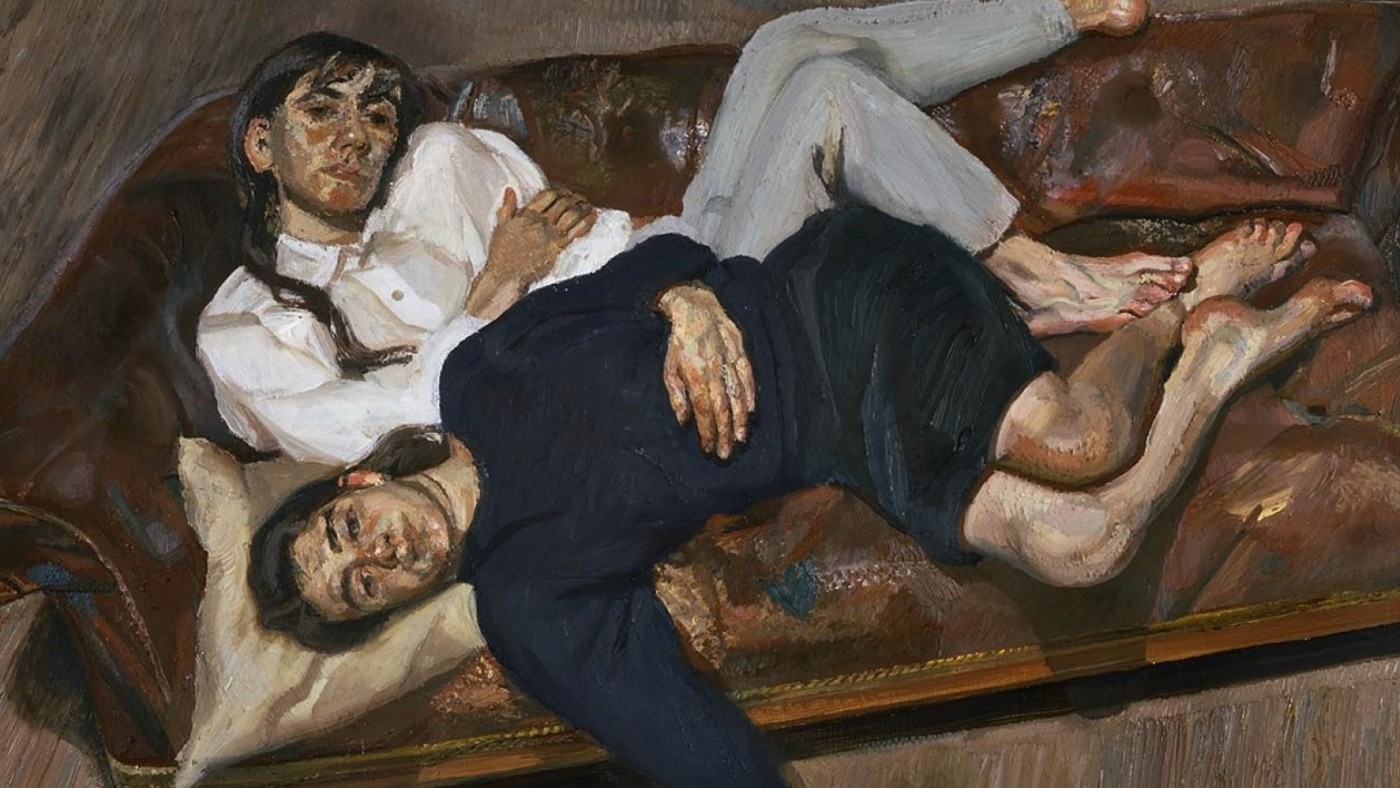
This year marks the centenary of Lucian Freud’s birth – and London’s galleries aren’t about to let us forget it, said Laura Freeman in The Times. This autumn, “you can’t move for Freud books and shows”.
Exhibitions devoted to the painter, who died in 2011, are taking place at the Freud Museum, the Garden Museum and at no less than four commercial galleries; meanwhile, a collection of the artist’s letters and a “massive” coffee-table book are being published. Yet any feelings of Freud fatigue will be dispelled by this “stunning show” at the National Gallery, which effortlessly demonstrates why we so venerate this most difficult but “brilliant” of painters.
Entitled New Perspectives, the exhibition brings together more than 60 paintings created over the course of Freud’s seven-decade career in an attempt to examine his work afresh; it aims to disregard his complicated private life to focus on the art itself. Taking us from his “peculiar” and borderline “surreal” early works, to the “forensic and unforgiving” portraits he would come to specialise in later in life, it is a magnificent display of painterly flair that celebrates Freud’s “incomparable eye”.
The Week
Escape your echo chamber. Get the facts behind the news, plus analysis from multiple perspectives.

Sign up for The Week's Free Newsletters
From our morning news briefing to a weekly Good News Newsletter, get the best of The Week delivered directly to your inbox.
From our morning news briefing to a weekly Good News Newsletter, get the best of The Week delivered directly to your inbox.
Freud at his ‘most stark’
There are some fabulous pictures here, said Ben Luke in the London Evening Standard. The “deeply strange” Girl with a Kitten (1947) sees the titular cat “on the brink of having its neck wrung”, yet unlike the girl holding it, the cat meets our gaze “with a knowing calm”. In a 1946 painting, Freud depicts himself looking out from behind a thistle that resembles “an instrument of torture”. Better still is And the Bridegroom (1993), in which the performance artist Leigh Bowery lies naked on a bed next to his wife, Nicola. It represents Freud at his “most stark”, and is all the better for it.
Ultimately, though, displaying him among the masterpieces of the National Gallery’s collection confirms my doubts: the truth is that Freud was “not a genius, not even a great artist”. The show is within spitting distance of Titian and Rembrandt, among the artists Freud most “revered”. In this context, many of his paintings appear “racked” with “uncertainty and doubt”, as if he were self-consciously intent on matching his artistic forebears. Ultimately, Freud was an “uneven painter – occasionally wonderful, often very ordinary”.
Works ‘simply aren’t up to scratch’
Many works here “simply aren’t up to scratch”, agreed Alastair Sooke in The Daily Telegraph. A 2005 portrait of New York art dealer William Acquavella is “astonishingly ho-hum”, while Freud’s likeness of his fellow artist David Hockney, depicted with “thinning hair” and a double chin, sees its subject “blanched of vitality and flair”. His controversial portrait of the Queen, meanwhile, makes her look positively “masculine”.
Nevertheless, the gallery’s showcasing of the artist’s marvellous earlier work almost makes up for the misfires. The younger Freud approaches his sitters like “a pathologist performing an autopsy”. Sometimes, he quite literally paints carcasses: here, we see both “a cockerel’s decapitated head” and “an upside-down dead heron”.
A free daily email with the biggest news stories of the day – and the best features from TheWeek.com
Hotel Bedroom (1954) depicts his second wife Caroline Blackwood lying on a bed, “stiff as an effigy in a church tomb”. From the shadows, Freud himself stares down at her impassively. It is one of several “unforgettable” works here: a reminder that for a time at least, Freud really was an “inordinately exciting” painter.
National Gallery, London WC2. Until 22 January 2023
-
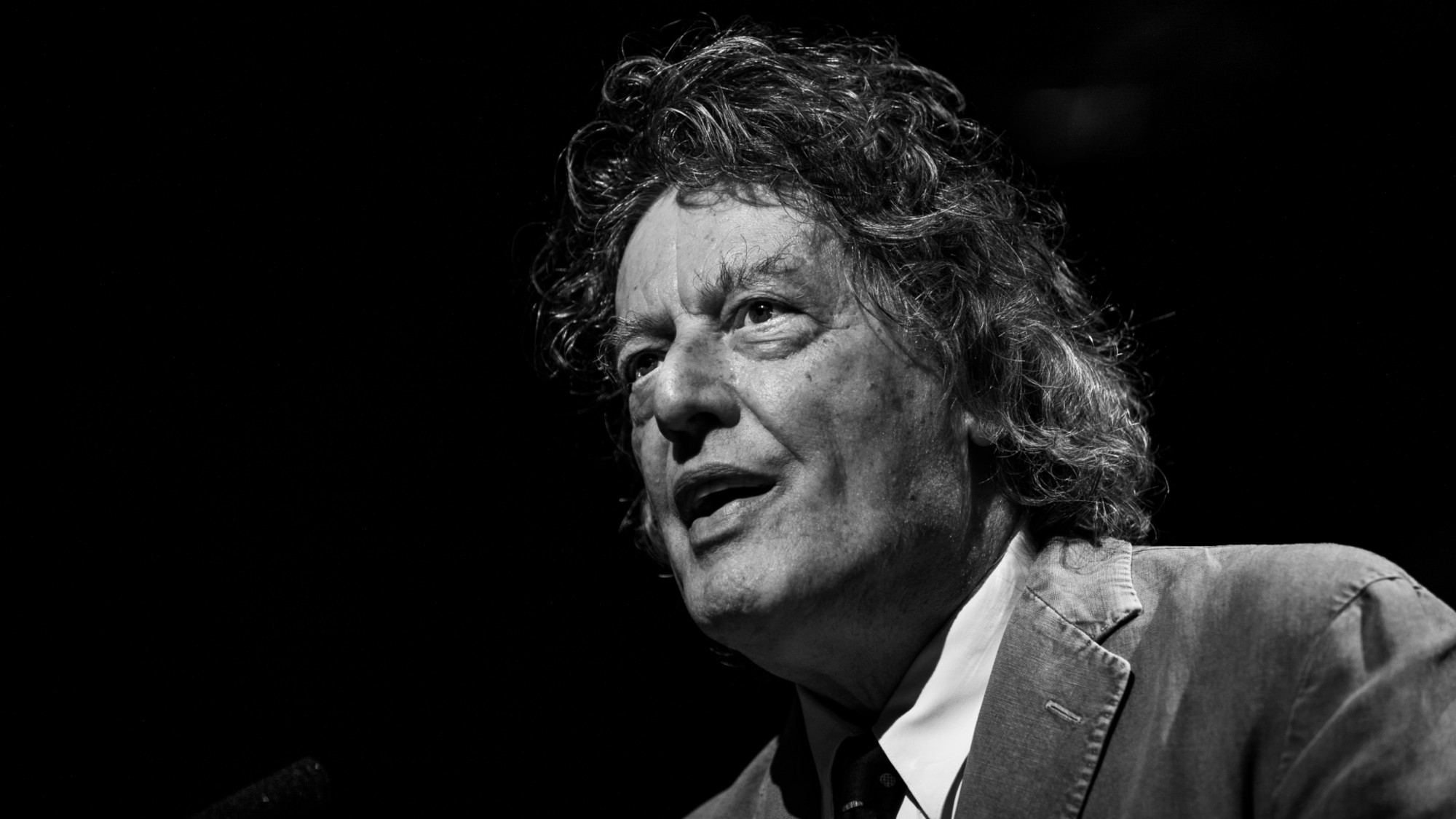 The rapid-fire brilliance of Tom Stoppard
The rapid-fire brilliance of Tom StoppardIn the Spotlight The 88-year-old was a playwright of dazzling wit and complex ideas
-
 How your household budget could look in 2026
How your household budget could look in 2026The Explainer The government is trying to balance the nation’s books but energy bills and the cost of food could impact your finances
-
 Inside a Black community’s fight against Elon Musk’s supercomputer
Inside a Black community’s fight against Elon Musk’s supercomputerUnder the radar Pollution from Colossal looms over a small Southern town, potentially exacerbating health concerns
-
 The rapid-fire brilliance of Tom Stoppard
The rapid-fire brilliance of Tom StoppardIn the Spotlight The 88-year-old was a playwright of dazzling wit and complex ideas
-
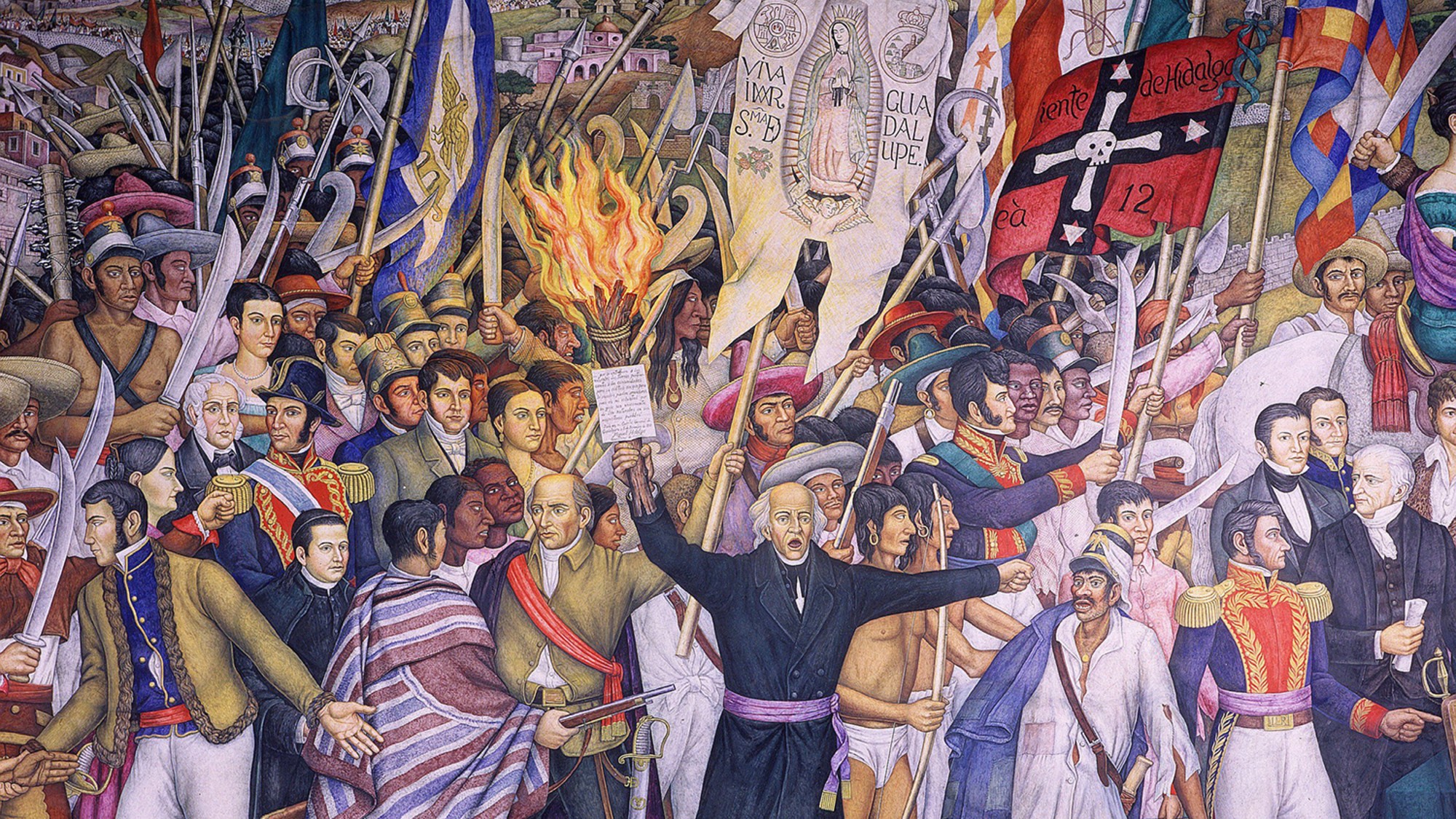 ‘Mexico: A 500-Year History’ by Paul Gillingham and ‘When Caesar Was King: How Sid Caesar Reinvented American Comedy’ by David Margolick
‘Mexico: A 500-Year History’ by Paul Gillingham and ‘When Caesar Was King: How Sid Caesar Reinvented American Comedy’ by David Margolickfeature A chronicle of Mexico’s shifts in power and how Sid Caesar shaped the early days of television
-
 Homes by renowned architects
Homes by renowned architectsFeature Featuring a Leonard Willeke Tudor Revival in Detroit and modern John Storyk design in Woodstock
-
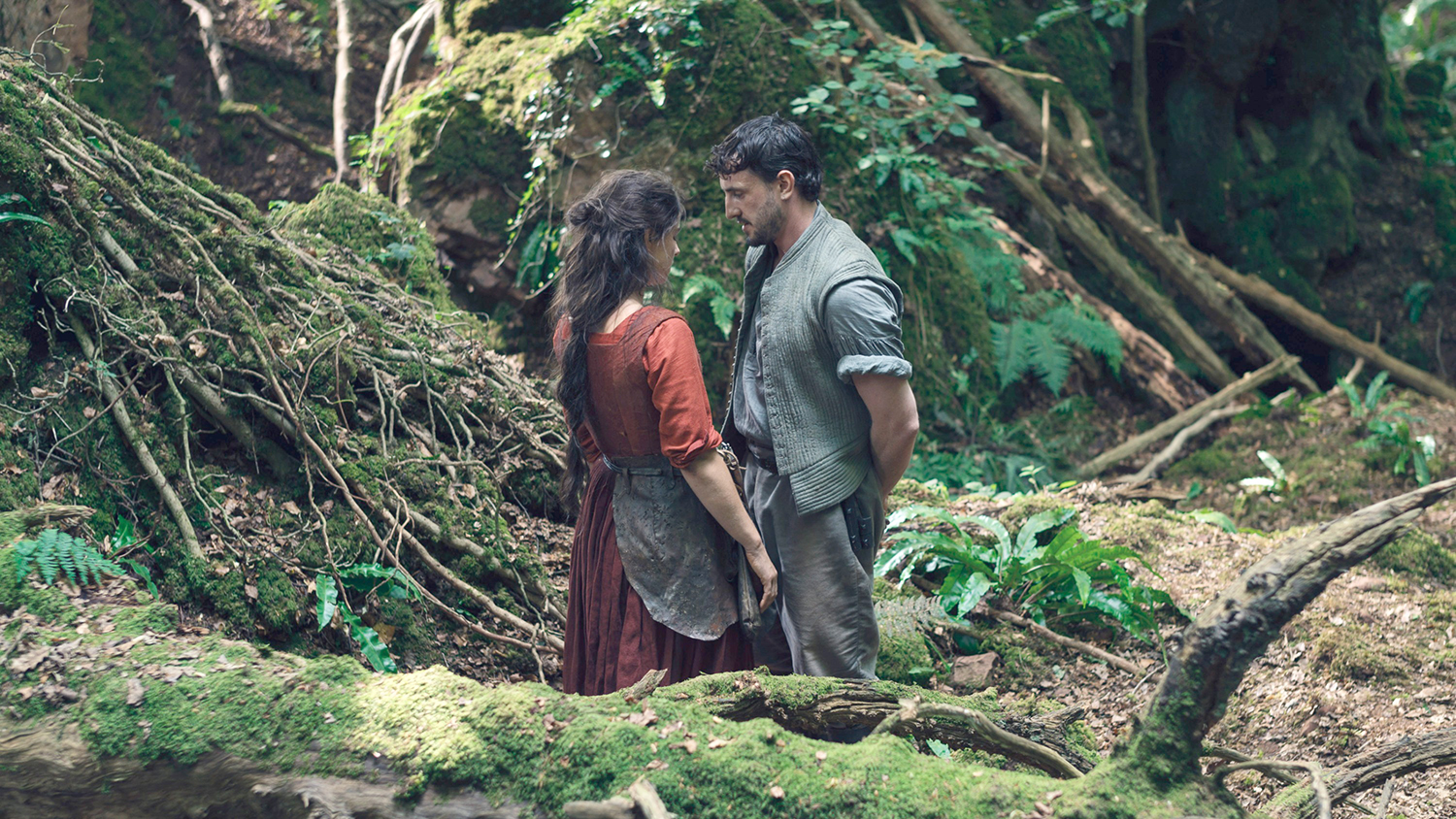 Film reviews: ‘Hamnet,’ ‘Wake Up Dead Man’ and ‘Eternity’
Film reviews: ‘Hamnet,’ ‘Wake Up Dead Man’ and ‘Eternity’Feature Grief inspires Shakespeare’s greatest play, a flamboyant sleuth heads to church and a long-married couple faces a postmortem quandary
-
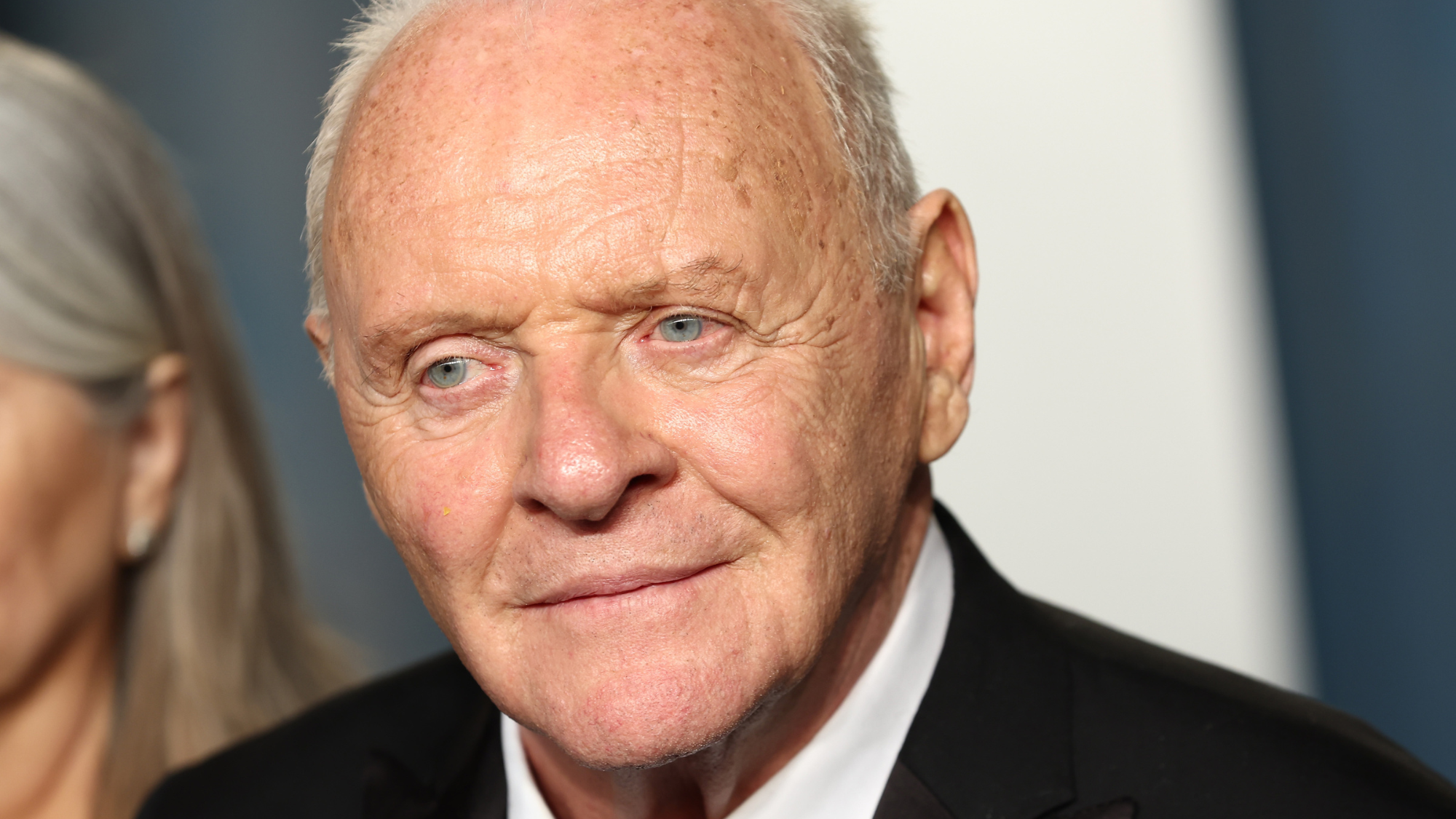 We Did OK, Kid: Anthony Hopkins’ candid memoir is a ‘page-turner’
We Did OK, Kid: Anthony Hopkins’ candid memoir is a ‘page-turner’The Week Recommends The 87-year-old recounts his journey from ‘hopeless’ student to Oscar-winning actor
-
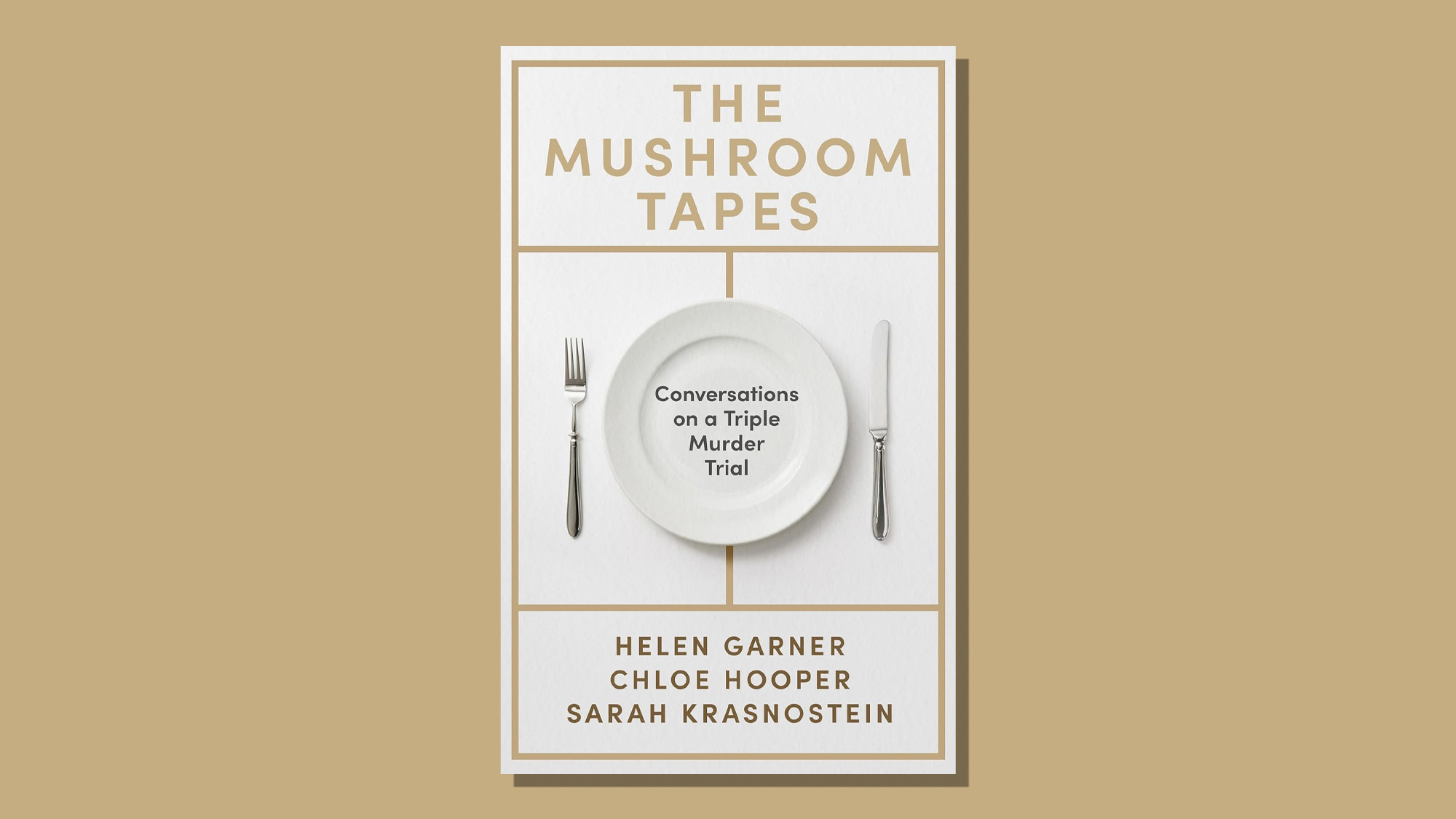 The Mushroom Tapes: a compelling deep dive into the trial that gripped Australia
The Mushroom Tapes: a compelling deep dive into the trial that gripped AustraliaThe Week Recommends Acclaimed authors team up for a ‘sensitive and insightful’ examination of what led a seemingly ordinary woman to poison four people
-
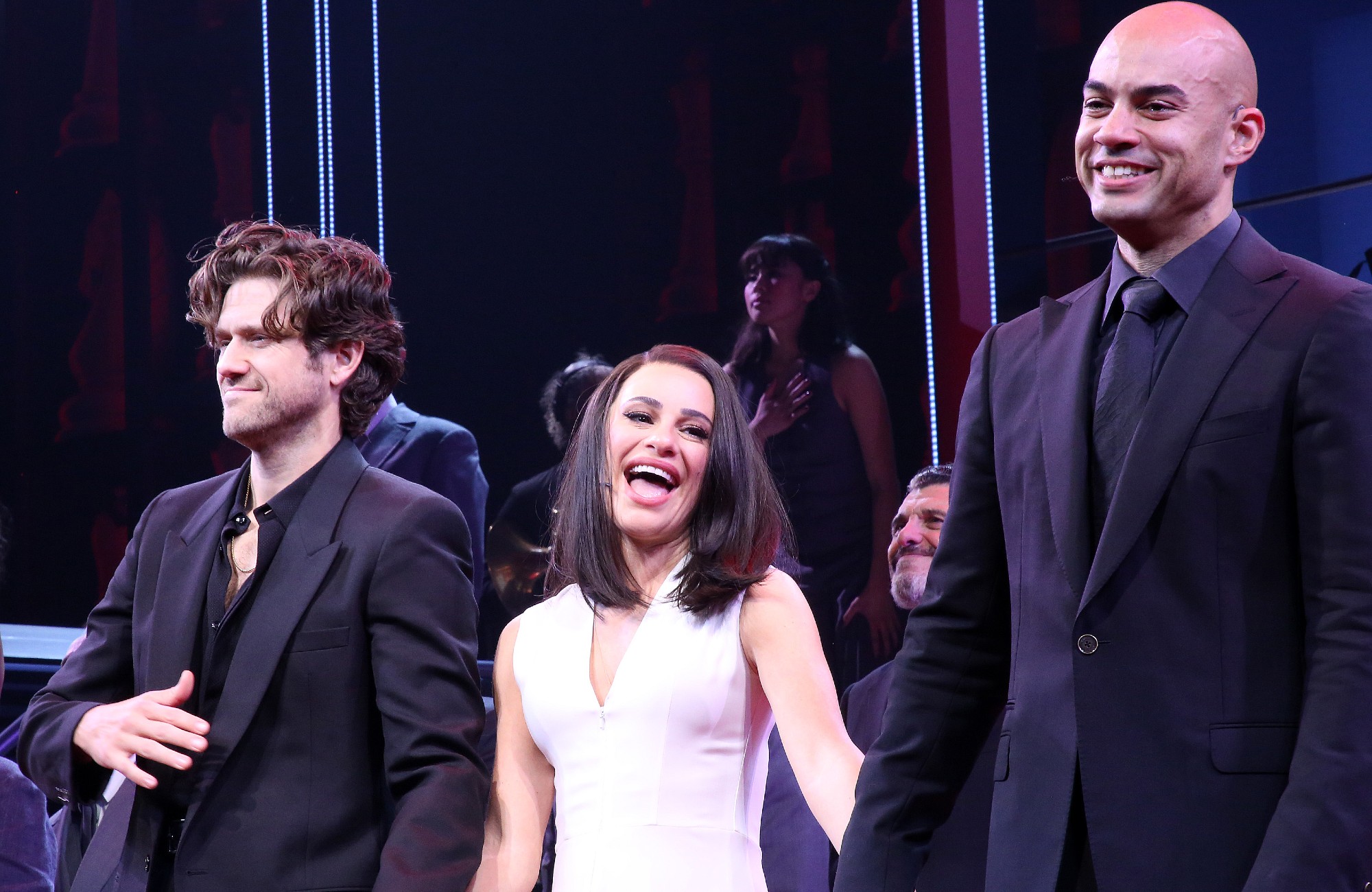 ‘Chess’
‘Chess’feature Imperial Theatre, New York City
-
 ‘Notes on Being a Man’ by Scott Galloway and ‘Bread of Angels: A Memoir’ by Patti Smith
‘Notes on Being a Man’ by Scott Galloway and ‘Bread of Angels: A Memoir’ by Patti Smithfeature A self-help guide for lonely young men and a new memoir from the godmother of punk
